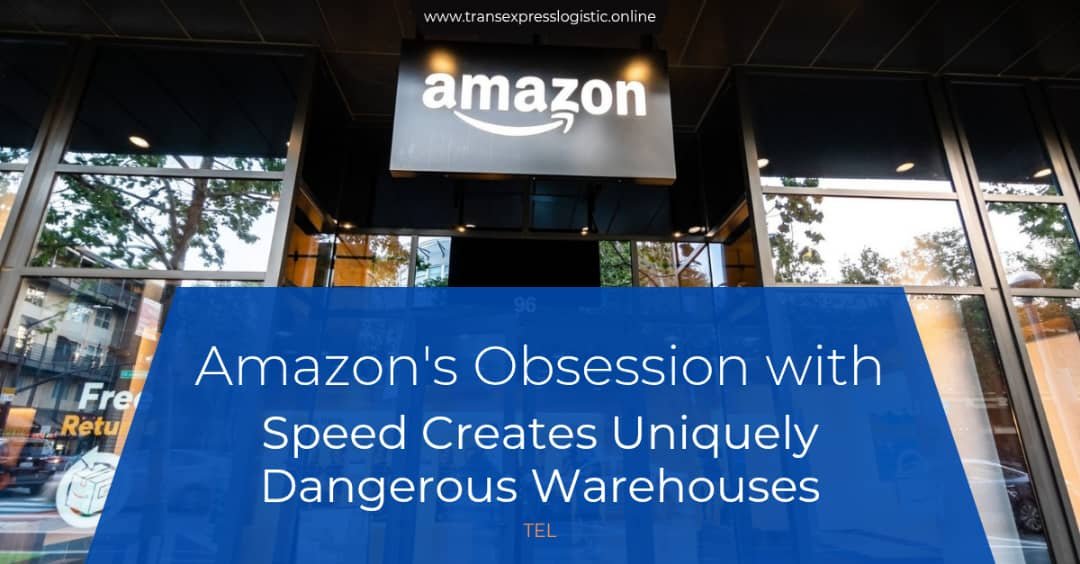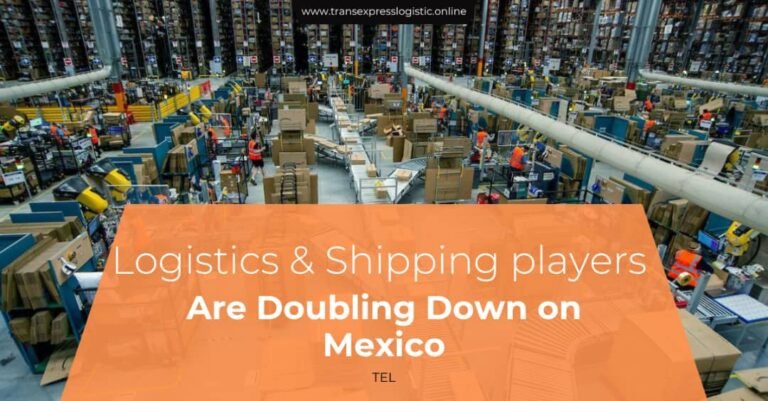New Report: “Amazon’s Obsession With Speed Creates Uniquely Dangerous Warehouses”

Amazon’s warehouse workers have raised the alarm for years about unsafe working conditions and a corporate culture that prioritizes speed and profit over worker health and safety, according to a report released on Monday by the United States Senate Committee on Health, Education, Labor, and Pensions.In Rhode Island, Amazon opened a 3.8 million-square-foot facility in Johnston this year.According to the Senate report,
“Many of these workers live with severe injuries and permanent disabilities because of the company’s insistence on enforcing grueling productivity quotas and its refusal to adequately care for injured workers.
”GET THE LATEST BREAKING NEWS HERE — SIGN UP FOR GOLOCAL FREE DAILY EBLASTThis time of year, the Amazon infrastructure is running at an accelerated rate due to the demands of the holidays.As one warehouse worker said,
“I don’t even use Amazon anymore, I’d rather wait…than have some poor employee in an Amazon warehouse get battered and bruised so I can get my book within six hours. People don’t see that, they think it just appears by magic.
But it doesn’t; it appears by blood, sweat, and tears.”Recognizing the severity of Amazon’s injury crisis, Senator Bernie Sanders (I-VT), chair of the Senate committee, launched an investigation into Amazon’s workplace safety practices on June 20, 2023.The Senate Committee claims,
“Amazon’s refusal to protect workers is particularly egregious given its incredible financial resources. Amazon is the sixth-largest company in the world and the second-largest private employer in the United States.8 In 2023, the company had a total profit of $36.9 billion, and the company’s current market capitalization recently reached $2.39 trillion—an amount greater than the GDP of all but 7 countries. Amazon’s founder, Jeff Bezos, is the third wealthiest person in the world, with a net worth of approximately $242.2 billion.10 Bezos’s successor as CEO, Andy Jassy, received nearly $30 million in total compensation in 2023, and has received over $300 million in total compensation since 2021.
”View Larger +Higher Rate of Injuries than CompetitorsAccording to the committee:This investigation aimed to uncover why Amazon’s injury rates far exceed those of its competitors and to understand what happens to Amazon workers when they are injured on the job. Over the past eighteen months, the Committee conducted an exhaustive inquiry into Amazon’s operations.
The Committee solicited information from current and former Amazon workers about their experiences in Amazon’s warehouses. Nearly 500 workers shared their stories with the Committee, and Committee staff conducted 135 interviews, both virtual and in-person. Those workers provided the Committee with more than 1,400 documents, photographs, and videos to support their stories. Some of those documents and photographs are included in this report and its appendices.
This evidence reveals a deeply troubling picture of how one of the largest corporations in the world treats its workforce. Although the Committee also sought information from Amazon itself, including through detailed requests in its initial letter to the company as well as through numerous follow-up requests to the company’s counsel, Amazon has provided extremely limited information to the Committee. In eighteen months, Amazon produced just 285 documents—less than a quarter of what the Committee received from current and former workers.The Committee reports,
“Nearly half of these 285 documents are training materials given to on-site first aid staff—just a small portion of the Committee’s investigation and Chairman Sanders’s initial request letter.
The Committee also asked Amazon for information on how it tracks workers, the quotas it imposes on workers and the disciplinary actions it takes when workers cannot meet those quotas, internal studies on the connection between speed and injury rates, and the company’s treatment of injured workers.
Amazon provided very little that was responsive to these requests—and sometimes ignored them altogether. The only other information the company provided to the Committee was through a briefing from a Senior Manager for ergonomics at the company and tours of two of its facilities. As a result, the Committee has had to rely heavily on evidence from workers, many of whom are willing to risk their jobs to share their experiences at the company. Although the Committee expects Amazon will dispute the veracity of the evidence those workers provided, Amazon has had eighteen months to offer its own evidence and has refused to do so.”




